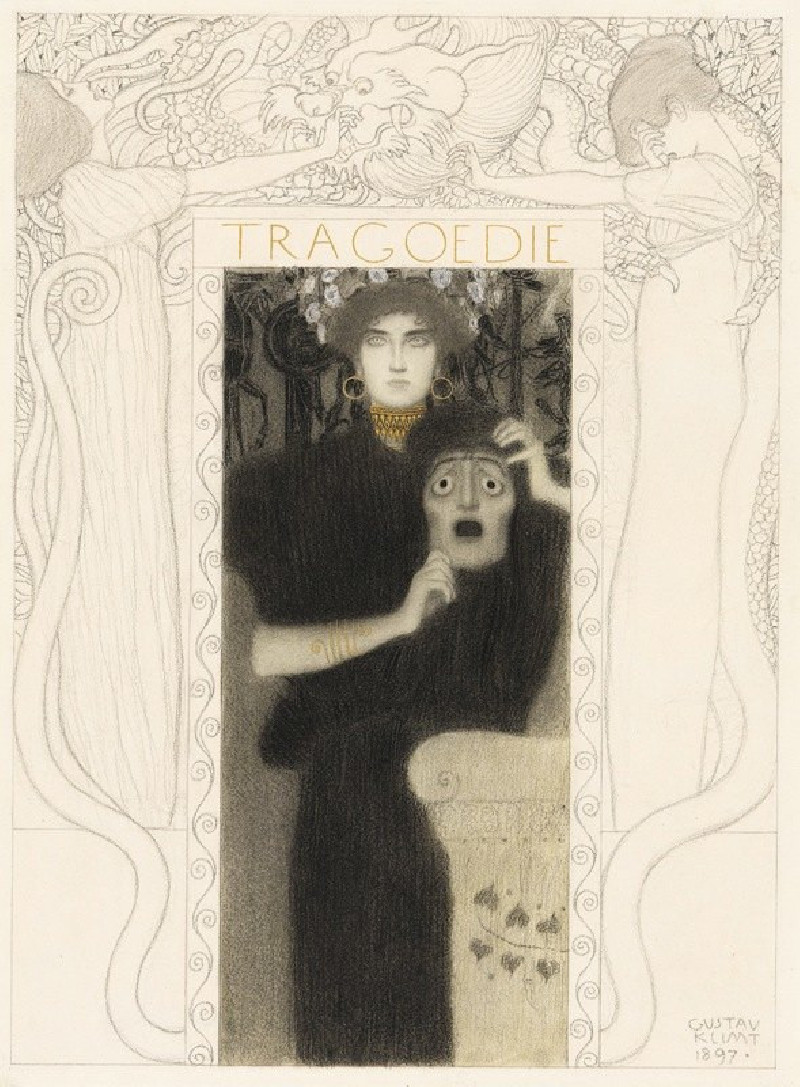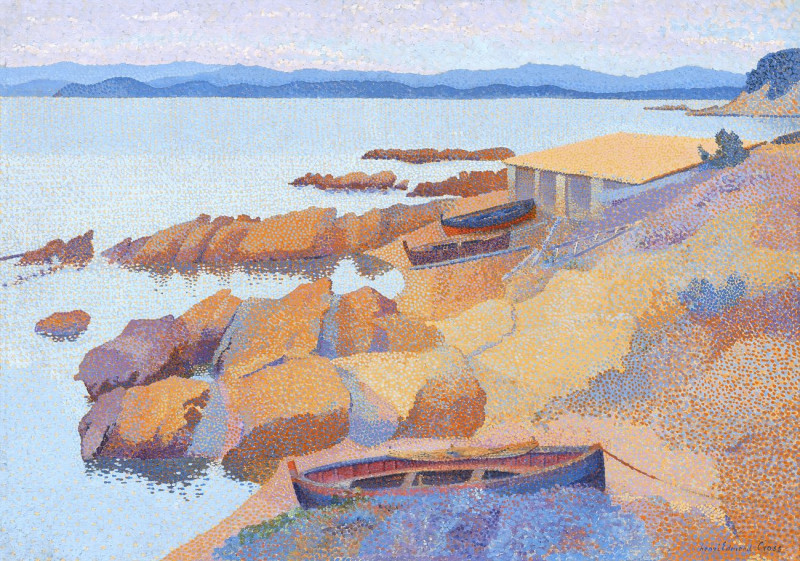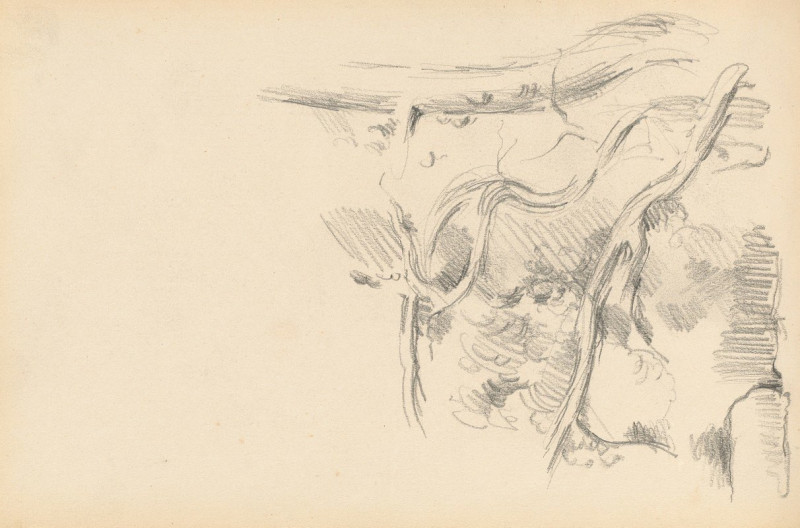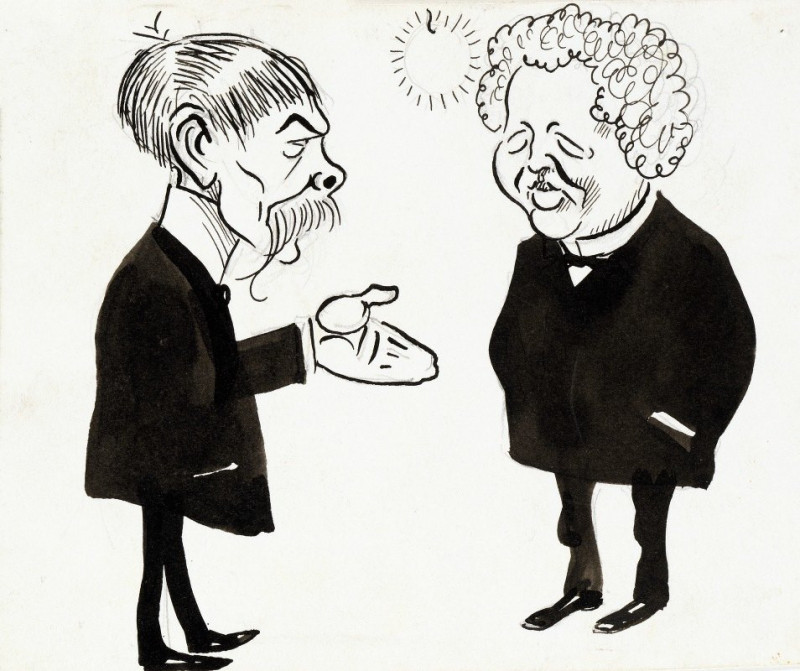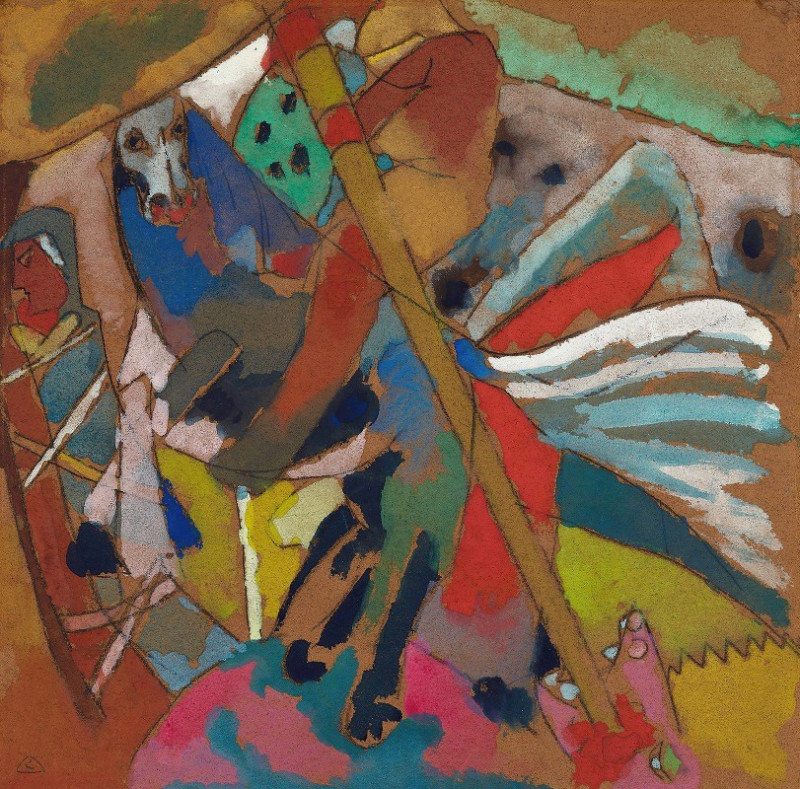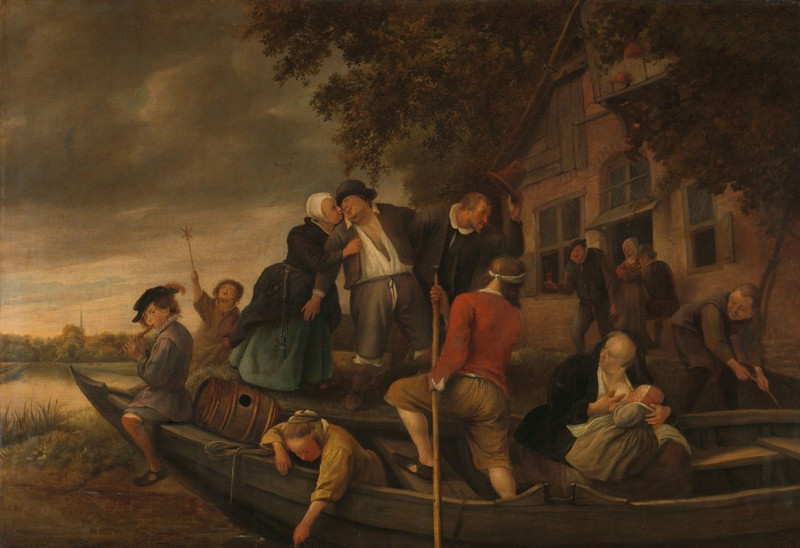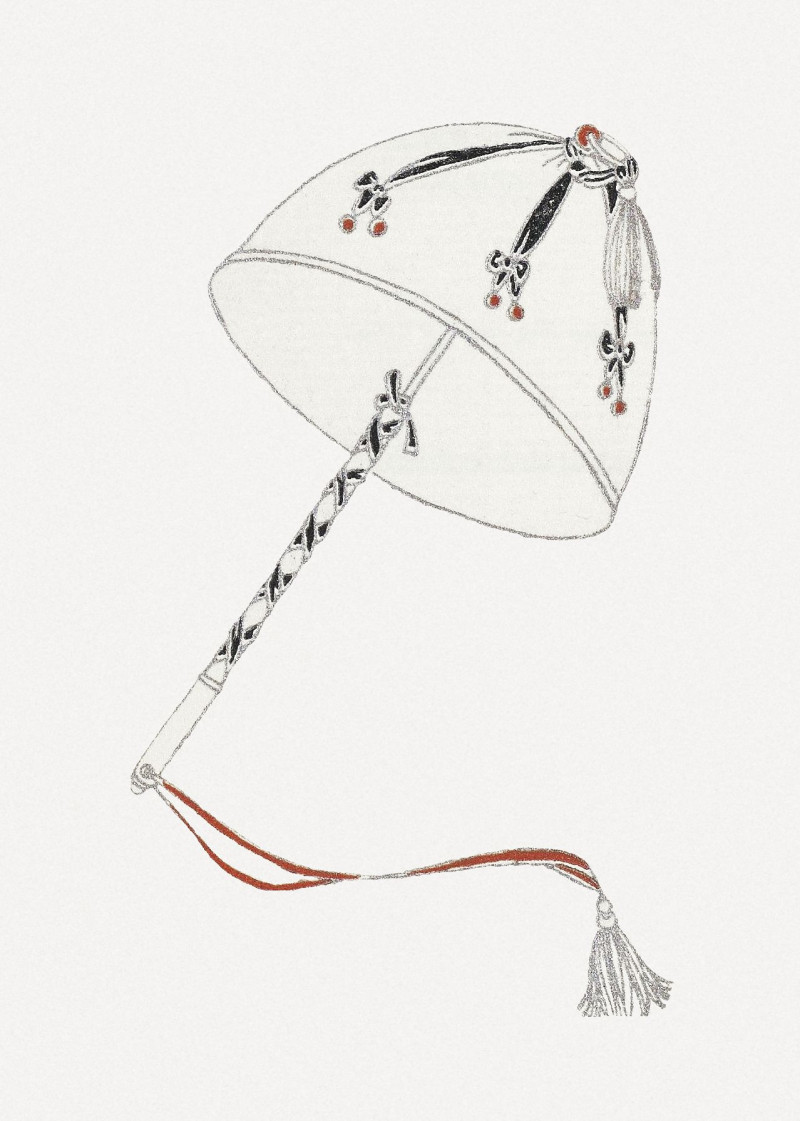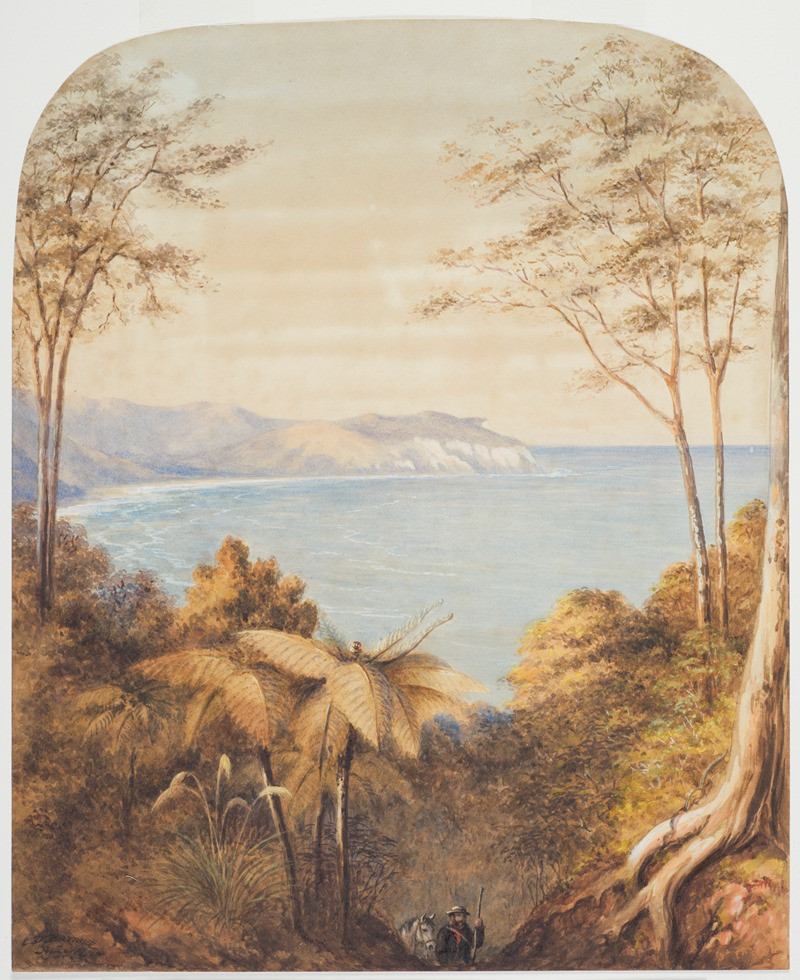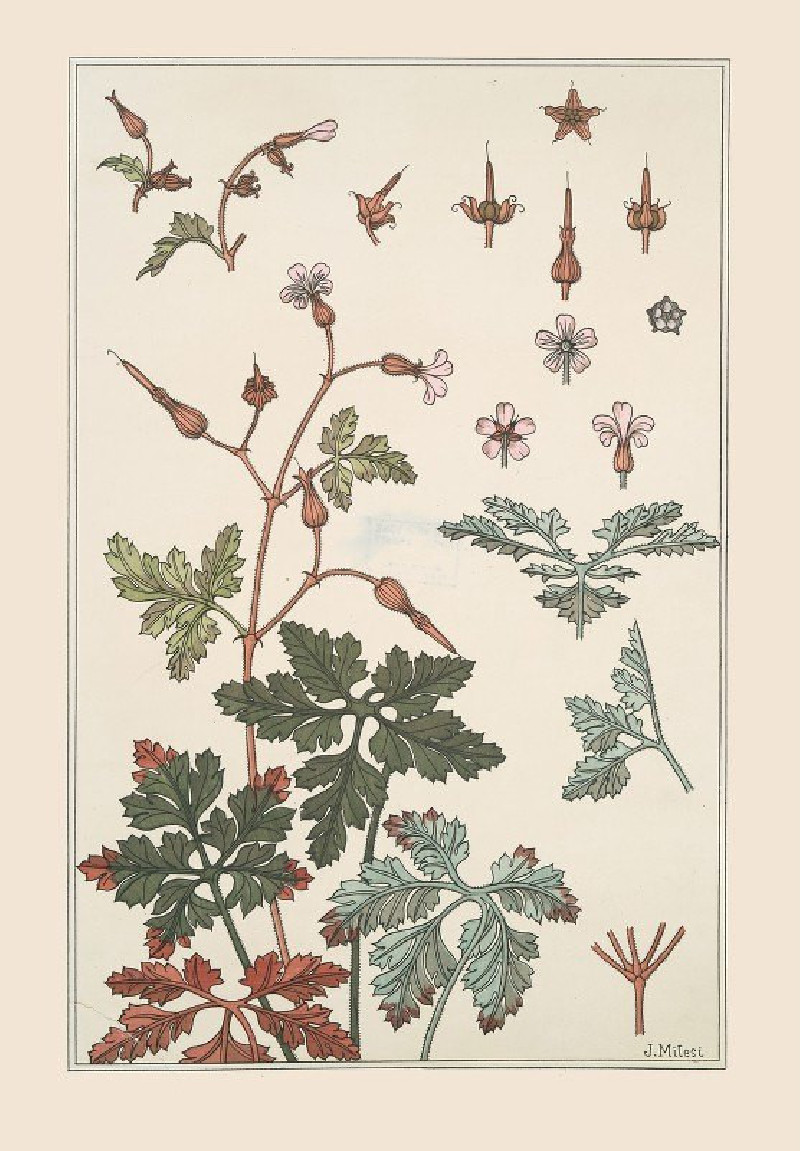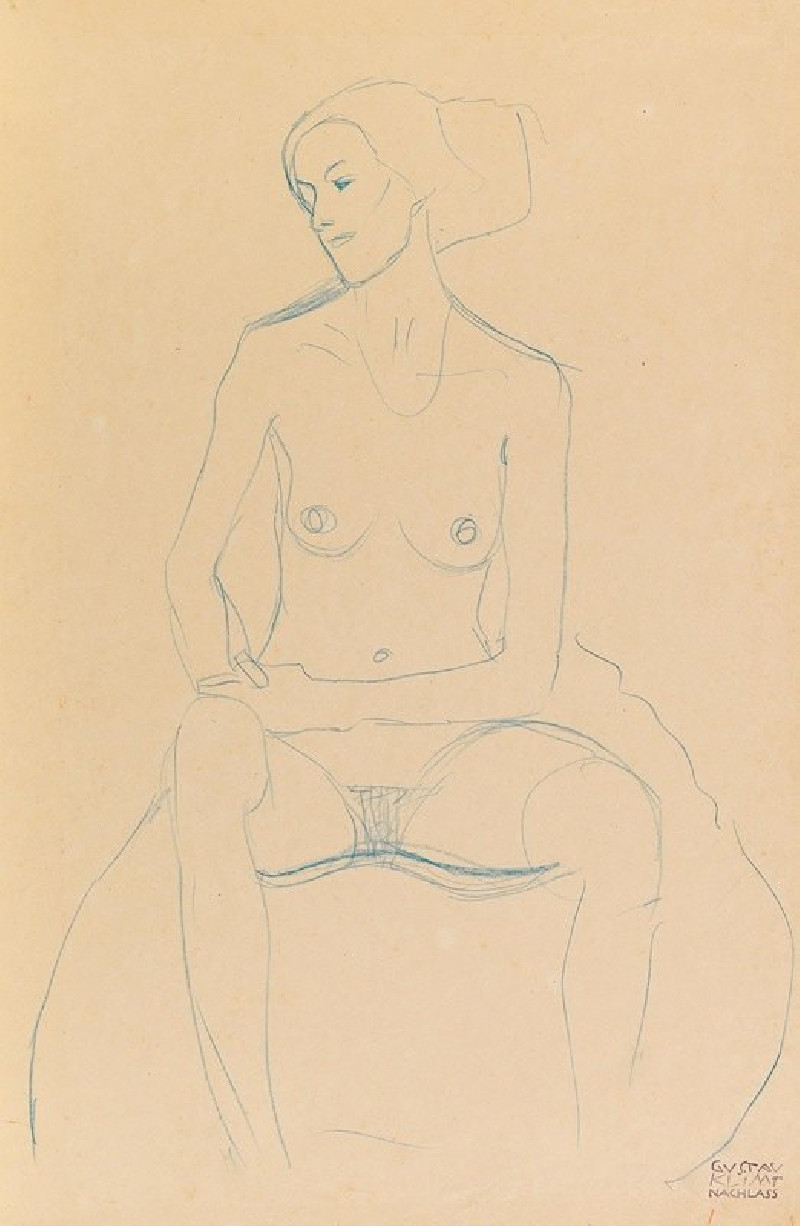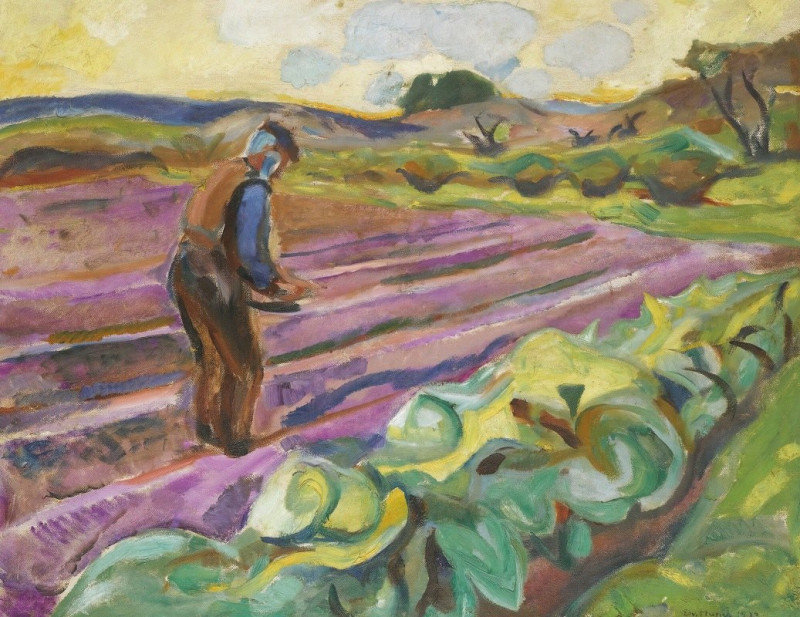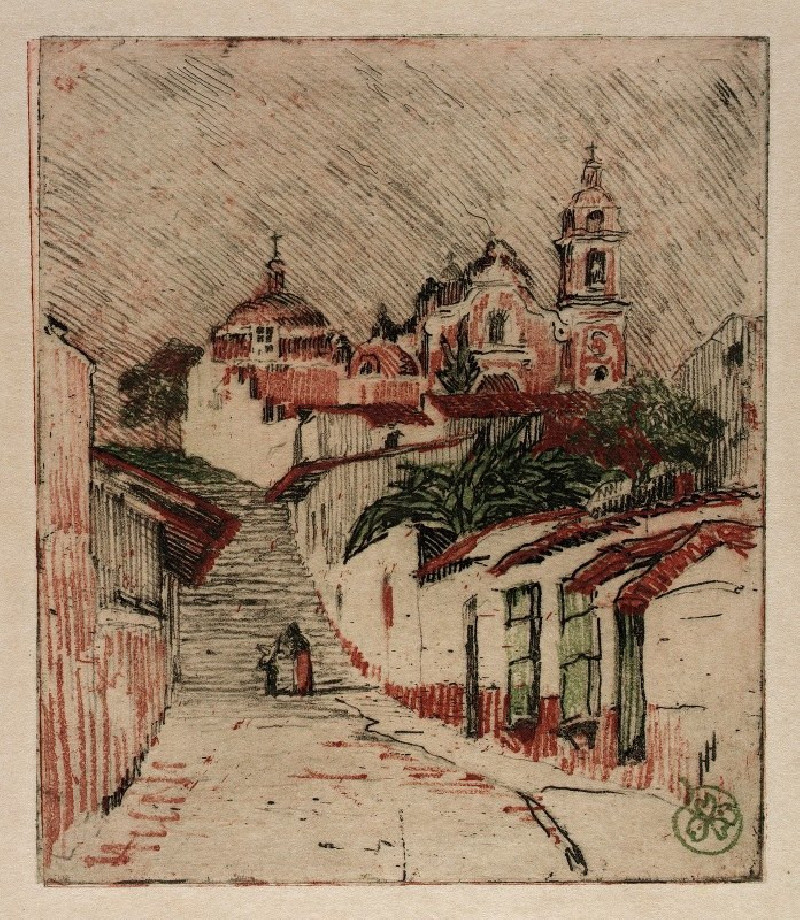L’étang Au Soleil Couchant, Montfoucault (1874)
Technique: Giclée quality print
Recommended by our customers
More about this artwork
Artist: Camille Pissarro"L’étang Au Soleil Couchant, Montfoucault" is a radiant example of Camille Pissarro’s mastery in depicting the tranquil allure of the French countryside. Painted in 1874, this artwork captures a serene moment at sunset in Montfoucault, where Pissarro stayed with his family. The painting offers a gateway to a peaceful rural scene characterized by lush, vibrant brushwork that evokes both the richness and the fleeting nature of the natural world.Central to the composition is a reflective pond, its surface mirroring the mottled sky and the soft glow of the setting sun. The pond is flanked by richly textured greenery and trees, with a path curving gently alongside it. A lone figure, perhaps a local villager, is depicted walking on this path, adding a human element that invites viewers into the scene, suggesting a return home or a quiet evening stroll.Pissarro’s use of color is particularly noteworthy; the interplay of sunset tones with the verdant landscape creates a vibrant yet harmonious palette that conveys both the warmth of the fading sun and the coolness of the approaching night. The painter’s loose, impressionistic strokes enable the scene to shimmer with life, making the landscape appear as a living, breathing entity."L’étang Au Soleil Couchant, Montfoucault" is not just a visual feast; it is an invitation to dwell in a moment of peaceful reflection, characteristic of Pissarro’s profound connection to the natural environments around him.
Delivery
Returns
Blessed are they who see beautiful things in humble places where other people see nothing. — Camille Pissarro
Camille Pissarro (1830-1903) was born on St.Thomas (now the US Virgin Islands) to a Portuguese father and a Dominican mother. He went to Paris to study art at Ecole des Beaux-Arts. He was an early pioneer of pointillism and neo-impressionism and later became a mentor of many famous impressionist painters including Cezanne, Manet, Renoir, and Gauguin. His paintings depicted rural and urban French landscapes and lifestyle. Many of his works politically captured images of peasants and laborers. Today, he is considered the father of impressionism.
































